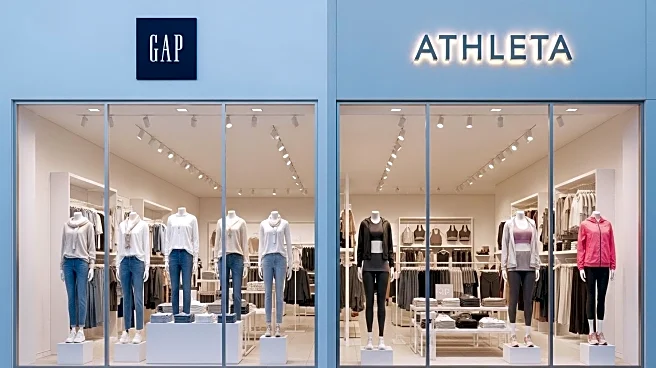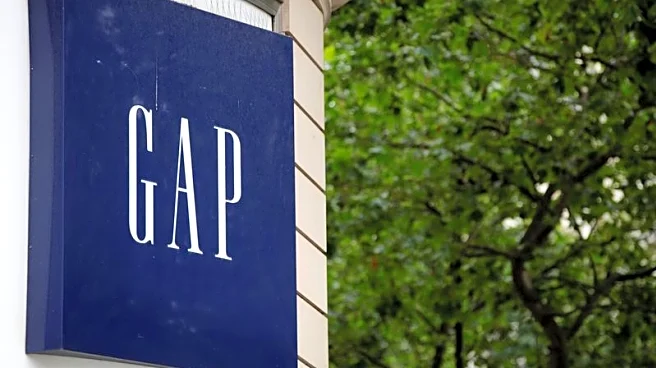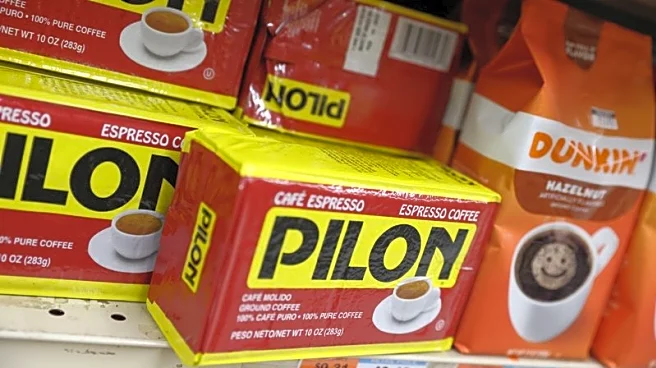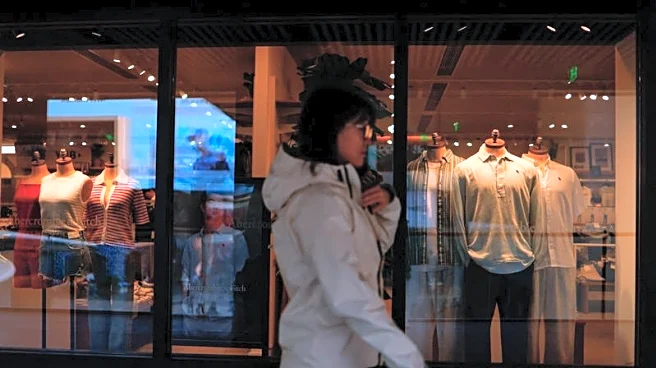Rapid Read • 8 min read
Gap Inc. has reported its second-quarter financial results, showing flat net sales at $3.7 billion compared to the previous year, with a 1% increase in comparable store sales. The company's e-commerce sales rose by 3%, while store-based sales fell by 1%. Old Navy and Gap brands saw slight sales increases, whereas Banana Republic and Athleta experienced declines. Despite a nearly 5% rise in net income to $216 million, Gap Inc. faces challenges due to a 9% increase in inventory, largely attributed to higher tariffs and efforts to import merchandise before duty hikes. CEO Richard Dickson highlighted the company's strategic progress and cultural relevance, particularly with the Gap brand, but acknowledged ongoing challenges, especially with the Athleta brand.
AD
The financial performance of Gap Inc. is significant as it reflects broader trends in the retail industry, particularly the impact of tariffs on profitability. The increase in tariffs poses a threat to the company's margins, potentially affecting its financial stability and growth prospects. The company's ability to maintain sales growth amidst these challenges is crucial for its long-term success. The performance of different brands within the company, such as the struggling Athleta, also highlights the need for strategic adjustments to sustain growth. The situation underscores the broader economic implications of trade policies on U.S. retailers, which could influence pricing strategies and consumer behavior.
Gap Inc. is expected to continue navigating the challenges posed by tariffs and inventory management. The company plans to focus on stabilizing the Athleta brand under new leadership, aiming for a path to growth. Analysts warn that tariff impacts and rising inventories could pressure margins and affect the company's outlook for the remainder of the year. However, the company remains optimistic about maintaining its sales trajectory and staying in growth territory. Stakeholders will be closely monitoring the company's strategic initiatives and market responses to these economic pressures.
The tariff situation highlights the complex interplay between international trade policies and domestic retail operations. Gap Inc.'s experience may serve as a case study for other retailers facing similar challenges. The company's efforts to regain cultural relevance and adapt to changing consumer preferences also reflect broader shifts in the retail landscape, where brand identity and consumer engagement are increasingly critical.
AD
More Stories You Might Enjoy











